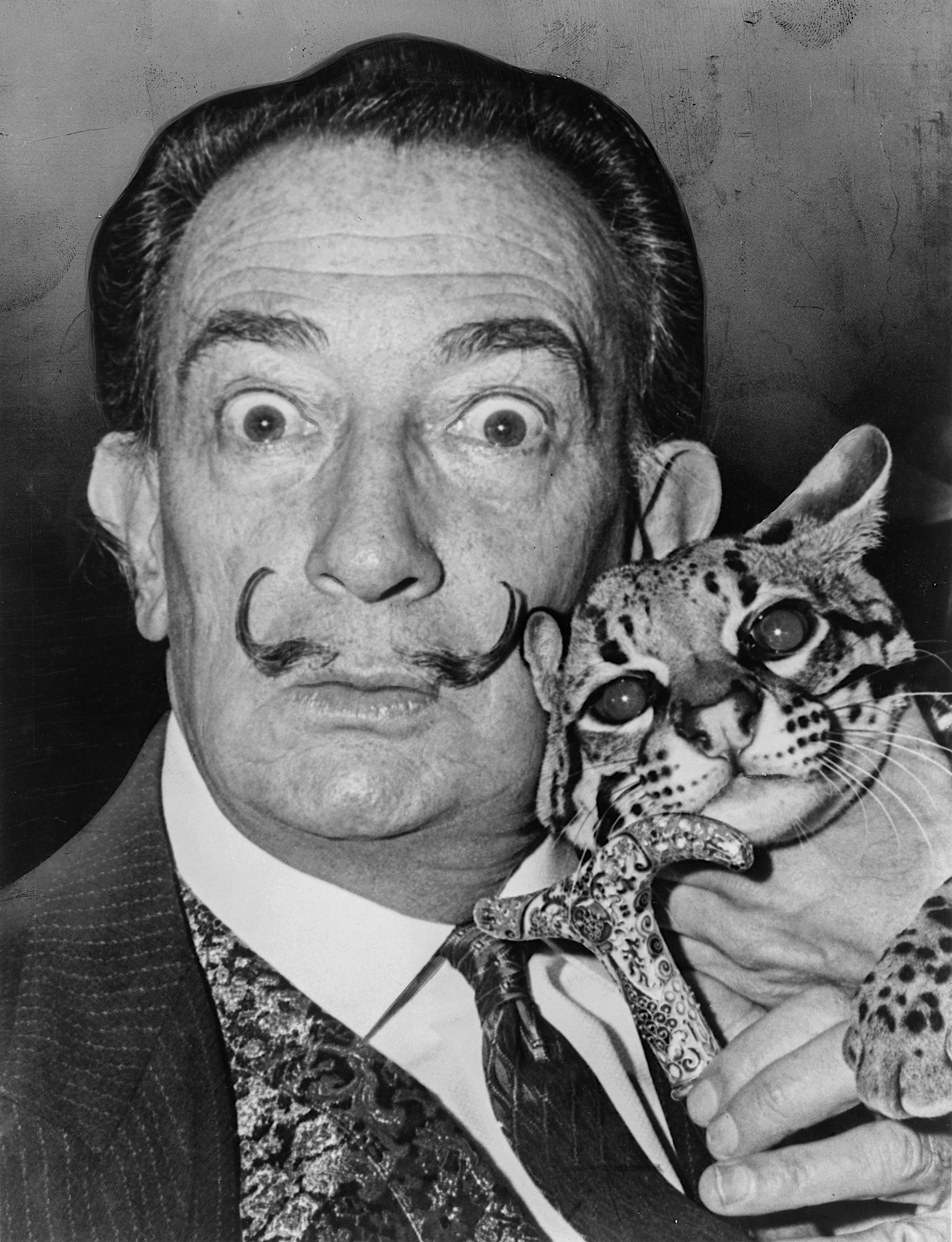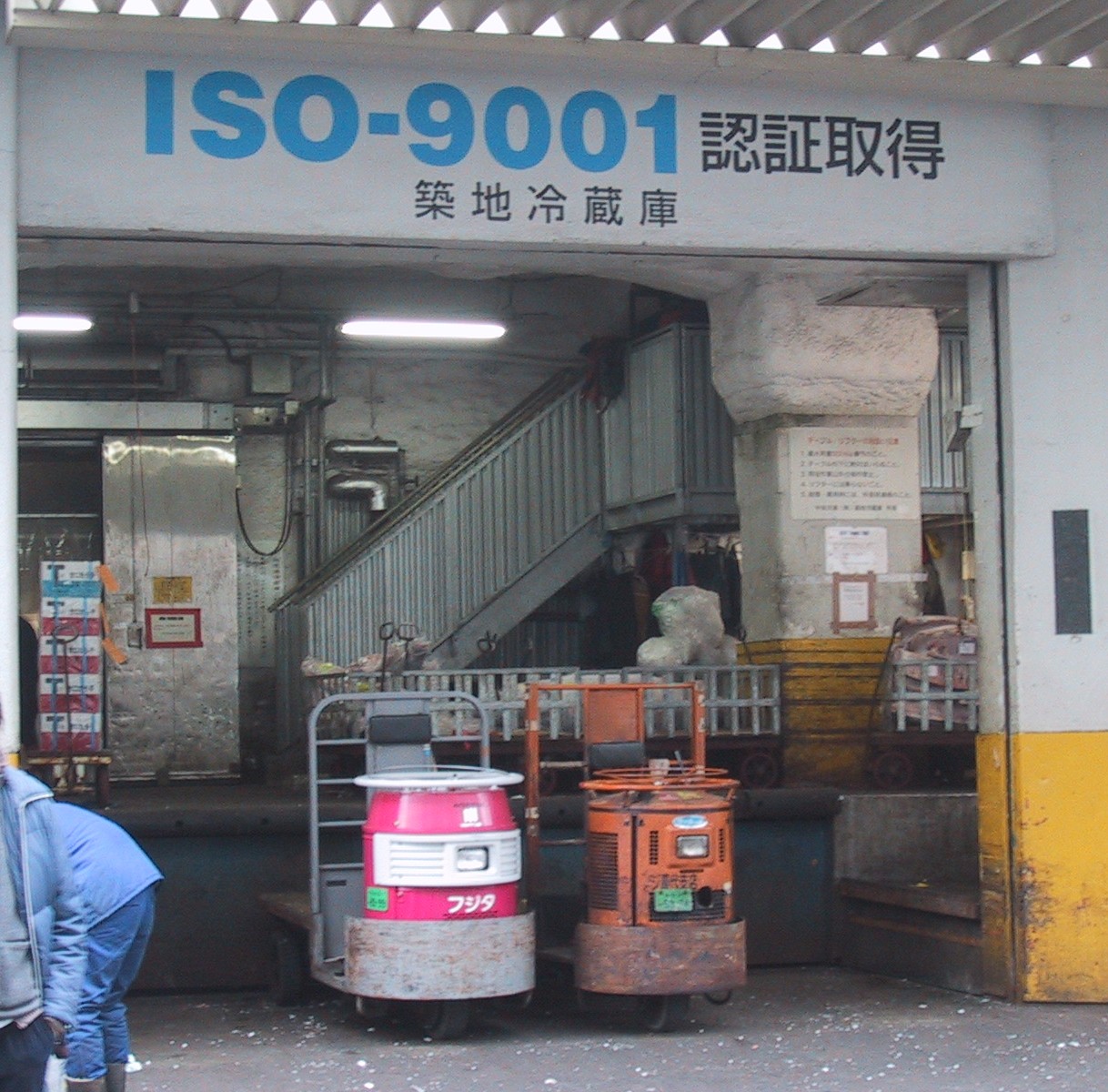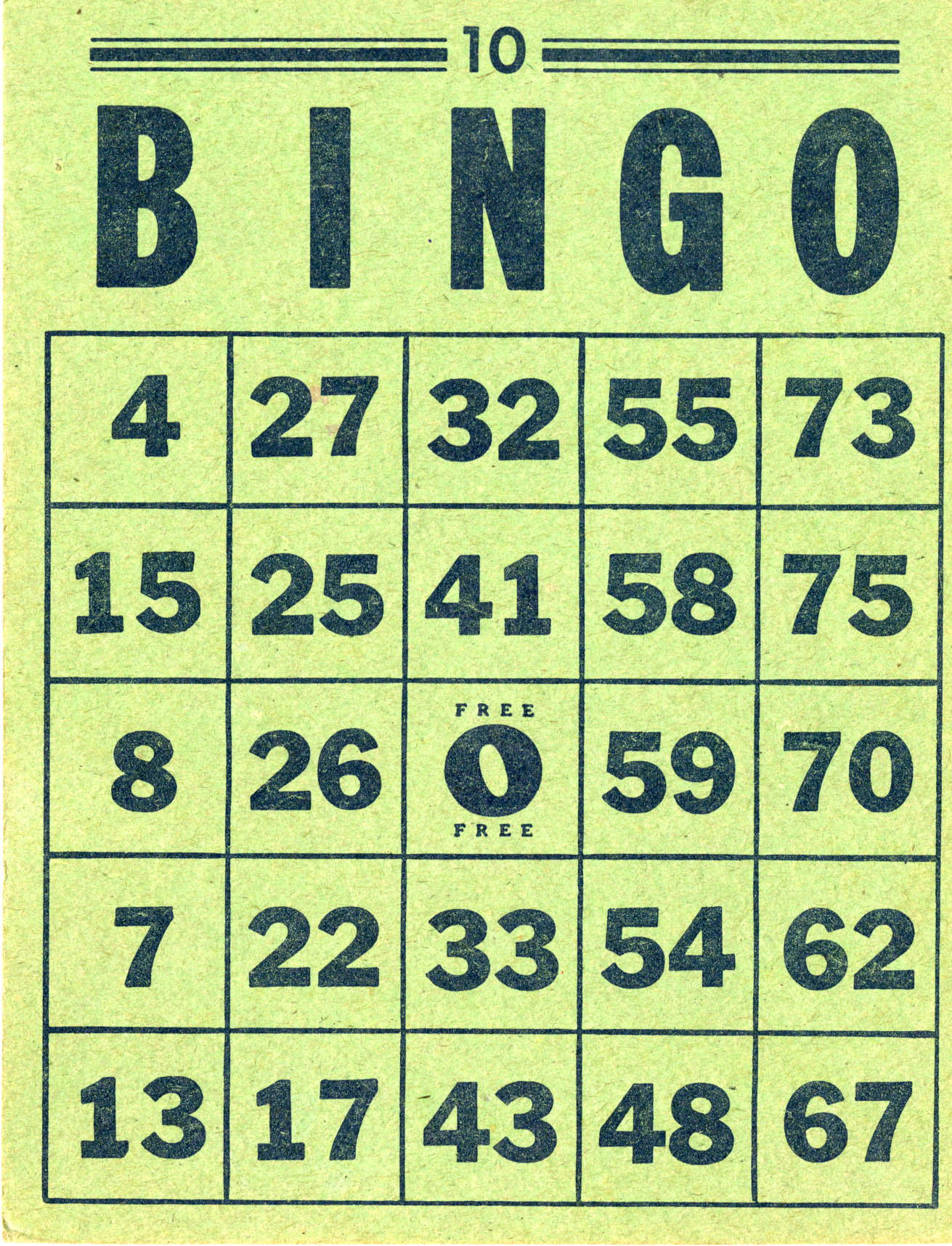|
Fábrica Nacional De Moneda Y Timbre
The Royal Mint of Spain ( es, Fábrica Nacional de Moneda y Timbre – Real Casa de la Moneda, lit=National Coinage and Stamp Factory – Royal Mint, FNMT-RCM) is the national mint of Spain. The FNMT-RCM is a public corporation that is attached to the Ministry of Economy. History There were several public and private mints in Spain until Philip V, the first Bourbon King of Spain, decided in the 18th century to make minting coinage a State monopoly. During the reign of Isabella II there were seven public mints, located in Madrid, Barcelona, Seville, Pamplona, Jubia, Segovia and Manila (in the Philippines), and each one had its own cypher and signs. When the peseta became the national currency in 1869, only the Royal Mint in Madrid was in operation. In 1893 the Mint (''Casa de la Moneda'') and the Stamp Factory (''Fábrica del Sello''), which so far had been two different establishments sharing a building in Plaza de Colón, merged to create the ''Fábrica Nacional de Moneda y Ti ... [...More Info...] [...Related Items...] OR: [Wikipedia] [Google] [Baidu] |
Madrid
Madrid ( , ) is the capital and most populous city of Spain. The city has almost 3.4 million inhabitants and a metropolitan area population of approximately 6.7 million. It is the second-largest city in the European Union (EU), and its monocentric metropolitan area is the third-largest in the EU.United Nations Department of Economic and Social AffairWorld Urbanization Prospects (2007 revision), (United Nations, 2008), Table A.12. Data for 2007. The municipality covers geographical area. Madrid lies on the River Manzanares in the central part of the Iberian Peninsula. Capital city of both Spain (almost without interruption since 1561) and the surrounding autonomous community of Madrid (since 1983), it is also the political, economic and cultural centre of the country. The city is situated on an elevated plain about from the closest seaside location. The climate of Madrid features hot summers and cool winters. The Madrid urban agglomeration has the second-large ... [...More Info...] [...Related Items...] OR: [Wikipedia] [Google] [Baidu] |
Plaza De Colón
Plaza de Colón (''Columbus Square'', in English) is located in the encounter of Chamberí, Centro and Salamanca districts of Madrid, Spain. This plaza and its fountain commemorate the explorer Christopher Columbus, whose name in Spanish was Cristóbal Colón. Monuments The plaza, originally called Plaza de Santiago (''St. James Square''), was renamed Plaza de Colón in 1893 to honor Christopher Columbus. The square contains two monuments. On the Paseo de la Castellana side there is a monument to Columbus whose base was finished in 1885. It is topped by a statue of Columbus. The second monument near the Calle de Serrano consists of a group of concrete macro-sculptures by Joaquín Vaquero Turcios. The concrete blocks are decorated with inscriptions by philosophers and indigenous leaders. Flag Since Spain's National Day in 2001, the world's largest Spanish flag—14m x 21m (46 x 69 ft)—294 square meters (3164 square feet)—has flown from a flagpole in Plaza de Colón ... [...More Info...] [...Related Items...] OR: [Wikipedia] [Google] [Baidu] |
Money Heist
''Money Heist'' ( es, La casa de papel, link=no, , ) is a Spanish heist crime drama television series created by Álex Pina. The series traces two long-prepared heists led by the Professor (Álvaro Morte), one on the Royal Mint of Spain, and one on the Bank of Spain, told from the perspective of one of the robbers, Tokyo (Úrsula Corberó). The narrative is told in a real-time-like fashion and relies on flashbacks, time-jumps, hidden character motivations, and an unreliable narrator for complexity. The series was initially intended as a limited series to be told in two parts. It had its original run of 15 episodes on Spanish network Antena 3 from 2 May 2017 through 23 November 2017. Netflix acquired global streaming rights in late 2017. It re-cut the series into 22 shorter episodes and released them worldwide, beginning with the first part on 20 December 2017, followed by the second part on 6 April 2018. In April 2018, Netflix renewed the series with a significantly increase ... [...More Info...] [...Related Items...] OR: [Wikipedia] [Google] [Baidu] |
The Coining House, Segovia
The Coining House is a former royal mint in Segovia, Spain, which dates back to the 1500s. Today, it is a museum dedicated to coins, industrial heritage and Segovia's famous aqueduct. History The royal mint was a coining factory that Philip II ordered to be built in the end of 1580. He was aware of the new rolling and coining system in which the involvement of the use of machinery and devices were moved by hydraulic wheels. The hydraulic wheels technique had been already operating in several cities in Europe. Archduke Ferdinand of Tyrol managed to get all the equipment necessary in order for the king to proceed. The coining house was the first mechanized factory in Spain. In 1582, a team of experts travelled to Spain from the Austrian territory of Tyrol in search for the most fitting location in which they could construct the building that would stock the machinery. The property chosen was owned by Antonio de San Millán and was located on the banks of the Eresma River. Prev ... [...More Info...] [...Related Items...] OR: [Wikipedia] [Google] [Baidu] |
Museo Casa De La Moneda (Madrid)
The Museum of the Royal Mint (''Museo Casa de la Moneda'') is a permanent exhibition for the Spanish Royal Mint in Madrid, Spain, begun in 1867. Exhibits See also * List of museums in Madrid * Casa de Moneda de Jubia References External links Official websitein Spanish and English English usually refers to: * English language * English people English may also refer to: Peoples, culture, and language * ''English'', an adjective for something of, from, or related to England ** English national ide ... Museo Casa de la moneda. Madridon BnF {{DEFAULTSORT:Museo Casa de la moneda. Madrid Museums in Madrid 1867 establishments in Spain Tourist attractions in Madrid Numismatic museums in Spain Philatelic museums Buildings and structures in Salamanca District, Madrid ... [...More Info...] [...Related Items...] OR: [Wikipedia] [Google] [Baidu] |
European Central Bank
The European Central Bank (ECB) is the prime component of the monetary Eurosystem and the European System of Central Banks (ESCB) as well as one of seven institutions of the European Union. It is one of the world's Big Four (banking)#International use, most important central banks. The Governing Council of the European Central Bank, ECB Governing Council makes the projects for the monetary policy for the European Union with suggestions and recommendations and to the Eurozone with more direct applications of such policies, it also administers the foreign exchange reserves of EU member states in the Eurozone, engages in foreign exchange operations, and defines the intermediate monetary aims and objectives, and also the common interest rates for the EU. The Executive Board of the European Central Bank, ECB Executive Board makes policies and decisions of the Governing Council, and may give direction to the national central banks, especially when doing so for the Eurozone central ... [...More Info...] [...Related Items...] OR: [Wikipedia] [Google] [Baidu] |
Banco De España
The Bank of Spain ( es, link=no, Banco de España) is the central bank of Spain. Established in Madrid in 1782 by Charles III of Spain, Charles III, today the bank is a member of the European System of Central Banks and is also Spain's national competent authority for banking supervision within the Single Supervisory Mechanism. Its activity is regulated by the Bank of Spain Autonomy Act. History Originally named the ''Banco Nacional de San Carlos'', it was founded in 1782 by Charles III of Spain, Charles III in Madrid, to stabilize government finances through its state bonds (''vales reales'') following the American Revolutionary War in which Spain gave military and financial support to the Thirteen Colonies. Although it aided the state, the bank was initially owned privately by stockholders. Its assets included those of "Spanish capitalists, French rentiers, and several treasuries of Indian communities in New Spain" (colonial Mexico). Its first director was French banker Fran� ... [...More Info...] [...Related Items...] OR: [Wikipedia] [Google] [Baidu] |
Euro Banknotes
Banknotes of the euro, the common currency of the Eurozone (euro area members), have been in circulation since the first series (also called ''ES1'') was issued in 2002. They are issued by the national central banks of the Eurosystem or the European Central Bank. The euro was established in 1999, but "for the first three years it was an invisible currency, used for accounting purposes only, e.g. in electronic payments". In 2002, notes and coins began to circulate. The euro rapidly took over from the former national currencies and slowly expanded around the European Union. Denominations of the notes range from €5 to €500 and, unlike euro coins, the design is identical across the whole of the Eurozone, although they are issued and printed in various member states. The euro banknotes are pure cotton fibre, which improves their durability as well as giving the banknotes a distinctive feel. They measure from to and have a variety of color schemes. The euro notes contain many c ... [...More Info...] [...Related Items...] OR: [Wikipedia] [Google] [Baidu] |
ISO 9001
The ISO 9000 family is a set of five quality management systems (QMS) standards that help organizations ensure they meet customer and other stakeholder needs within statutory and regulatory requirements related to a product or service. ISO 9000 deals with the fundamentals of QMS, including the seven quality management principles that underlie the family of standards. ISO 9001 deals with the requirements that organizations wishing to meet the standard must fulfill. ISO 9002 is a model for quality assurance in production and installation. ISO 9003 for quality assurance in final inspection and test. ISO 9004 gives guidance on achieving sustained organizational success. Third-party certification bodies provide independent confirmation that organizations meet the requirements of ISO 9001. Over one million organizations worldwide are independently certified, making ISO 9001 one of the most widely used management tools in the world today. However, the ISO certification process has b ... [...More Info...] [...Related Items...] OR: [Wikipedia] [Google] [Baidu] |
Burgos
Burgos () is a city in Spain located in the autonomous community of Castile and León. It is the capital and most populated municipality of the province of Burgos. Burgos is situated in the north of the Iberian Peninsula, on the confluence of the Arlanzón river tributaries, at the edge of the central plateau. The municipality has a population of about 180,000 inhabitants. The Camino de Santiago runs through Burgos. Founded in 884 by the second Count of Castile, Diego Rodríguez Porcelos, Burgos soon became the leading city of the embryonic County of Castile. The 11th century chieftain Rodrigo Díaz de Vivar (''El Cid'') had connections with the city: born near Burgos, he was raised and educated there. In a long-lasting decline from the 17th century, Burgos became the headquarters of the Francoist proto-government (1936-1939) following the start of the Spanish Civil War. Declared in 1964 as Pole of Industrial Promotion and in 1969 as Pole of Industrial Development, the city h ... [...More Info...] [...Related Items...] OR: [Wikipedia] [Google] [Baidu] |
Lottery
A lottery is a form of gambling that involves the drawing of numbers at random for a prize. Some governments outlaw lotteries, while others endorse it to the extent of organizing a national or state lottery. It is common to find some degree of regulation of lottery by governments. The most common regulation is prohibition of sale to minors, and vendors must be licensed to sell lottery tickets. Although lotteries were common in the United States and some other countries during the 19th century, by the beginning of the 20th century, most forms of gambling, including lotteries and sweepstakes, were illegal in the U.S. and most of Europe as well as many other countries. This remained so until well after World War II. In the 1960s, casinos and lotteries began to re-appear throughout the world as a means for governments to raise revenue without raising taxes. Lotteries come in many formats. For example, the prize can be a fixed amount of cash or goods. In this format, there is risk t ... [...More Info...] [...Related Items...] OR: [Wikipedia] [Google] [Baidu] |
Bingo (US)
In the United States, bingo is a game of chance in which each player matches the numbers printed in different arrangements on cards. The game host (caller) draws at random, marking the selected numbers with tiles. When a player finds the selected numbers are arranged on their card in a row, they call out "Bingo!" to alert all participants to a winning card, which prompts the game host (or an associate assisting the host) to examine the card for verification of the win. Players compete against one another to be the first to have a winning arrangement for the prize or jackpot. After a winner is declared, the players clear their number cards of the tiles and the game host begins a new round of play. Alternative methods of play try to increase participation by creating excitement. Since its invention in 1929, modern bingo has evolved into multiple variations, with each jurisdiction's gambling laws regulating how the game is played. There are also nearly unlimited patterns that may b ... [...More Info...] [...Related Items...] OR: [Wikipedia] [Google] [Baidu] |

_06.jpg)








